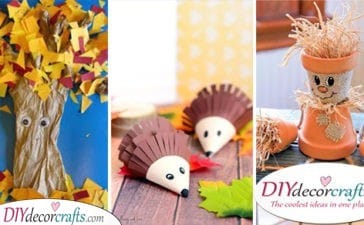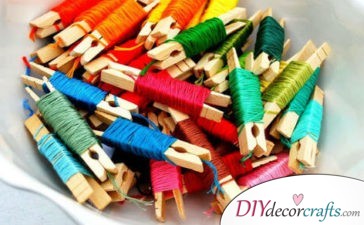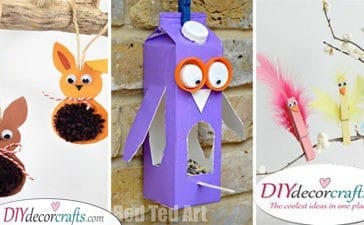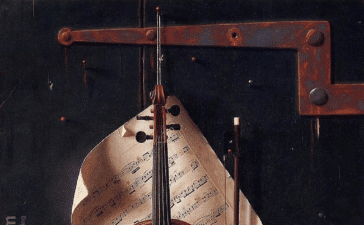
Origami, the ancient art of paper folding, offers a fun, hands-on way for children to learn about animals. Combining origami with animal education creates a magical experience called Origami Zoology. Children can explore the animal kingdom by creating their own paper menagerie.
Origami models bring animals to life through folded paper. A flat sheet transforms into a 3D creature. This seemingly magical process fascinates children. Origami animals spark the imagination and make learning interactive.
This article explains what origami zoology is and why it benefits children. Instructions provide a starting point for beginners. A table of origami animals gives ideas for a child’s first models. Let’s fold some paper and learn about animals!
What is Origami Zoology?
Origami Zoology combines:
- Origami – The Japanese art of paper folding
- Zoology – The study of animals
With origami zoology, children learn about real animals by folding paper models. They create ducks, elephants, butterflies, and more.
As children fold each model, they learn facts about the animal. What does it eat? Where does it live? What are its unique traits? Interactive learning sticks better than just reading a book.
Origami models bring the animal kingdom to life. A child feels a connection with the animal they create. This hands-on experience fosters curiosity, creativity, and compassion.
Benefits of Origami Zoology
Origami zoology offers many benefits for children:
Fine Motor Skill Development
Precise folding improves fine motor skills. Children use their small hand muscles to crease and manipulate paper. Mastering origami folds takes coordination and dexterity. As motor skills improve, following instructions becomes easier.
Focus and Concentration
Origami requires sustained attention span. A model takes shape through many incremental folds. Step-by-step focus teaches patience and concentration. Following instructions is also good practice for school tasks.
Math and Spatial Skills
Precision folding reinforces spatial reasoning. Visualizing the end result requires geometry knowledge. Origami explores angles, shapes, symmetry, and repetition. Counting folds also builds basic math skills.
Creativity and Self-Expression
Artistic freedom unlocks a child’s imagination. Custom designs provide self-expression. There are no strict rules in origami – anything goes! Fanciful creations stretch the mind.
Confidence and Accomplishment
Each finished origami model boosts self-confidence. Children gain a sense of achievement from creating something tangible with their own hands. Sharing their models with others also builds confidence.
Zoology Knowledge
Learning about real animals makes models more meaningful. Children pick up zoology facts as they fold. Curiosity drives them to learn more on their own. Origami animals come to life with personality.
Tips for Getting Started
Here are some tips to get started with origami zoology:
- Use origami paper – It folds smoothly and holds creases well. A pack with assorted colors adds variety.
- Follow instructions – Use clear step-by-step instructions and diagrams. Several folds combine to form the finished model.
- Take your time – Rushing leads to mistakes. Slow down and fold carefully. Savor the journey.
- Crease firmly – Make each fold crisp and precise. Finger creases transmit through the whole model.
- Bxe patient – Some models take practice before folding smoothly. Persistence pays off.
- Add your own twist – Customize models with markers, googly eyes, pipe cleaners, glitter, etc.
- Start simple – Begin with basic models and work your way up to more complex designs.
- Mistakes happen – Unfold a step or start over if needed. Problem-solving is part of the process.
Origami Animals Table
Here are some classic origami animals to get started:
| Animal | Difficulty | Facts |
|---|---|---|
| Crane | Easy | Symbol of luck, happiness, and peace |
| Flapping bird | Easy | Moves wings up and down when pulled |
| Butterfly | Medium | Over 20,000 species exist |
| Penguin | Medium | They huddle together to stay warm |
| Elephant | Hard | The largest land mammal |
| Horse | Hard | Can sleep standing up |
| Deer | Hard | New antlers grow every spring |
Paper transforms into amazing creatures. Origami zoology fuels your child’s fascination with animals. Creative hands-on fun is the best way to learn. A single sheet of paper holds endless possibilities. Unfold a world of animal exploration and discovery!
Embark on an exciting journey into the world of Origami Zoology with your child. Together, you can create an entire origami zoo filled with both real and imaginary animals. Let your child’s interests guide the animal selection as you learn and fold each new model. If you need more instructions, check the origami website, which will help you to get more ideas and tips.
As you delve into the world of paper folding and animal exploration, you will discover that a single sheet of paper holds endless possibilities. Origami Zoology not only fuels your child’s fascination with animals but also fosters creativity, curiosity, and a deeper understanding of the natural world. Encourage your child to expand their imagination by exploring diverse ecosystems, endangered species, or even inventing entirely new creatures. With each creation, you are nurturing a lifelong love for both art and science, instilling a sense of wonder that you will accompany them throughout their educational journey. So, unfold the magic of Origami Zoology and watch as your child’s love for learning and artistry flourishes.













